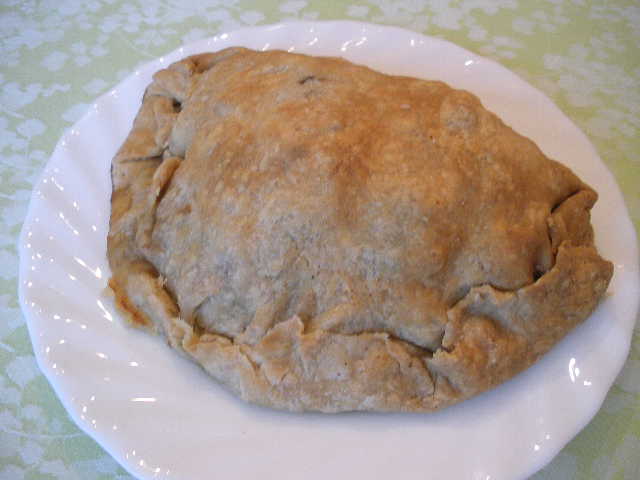When I scanned the cover of the newly released book, The Third Daughter, I saw that it was the story of a Russian girl in the late 1800s. It is a period of time that I am studying.
If I had read further I would have realized that Talia Carner has written about a tragic period of Jewish history. While the pogroms were taking place in Russia, Jewish men were tricking families to give their young daughters in marriage to wealthy men who lived across the ocean.
But there were no marriages. The author brings to life the horror of sex trafficking. As Carner tells the story we travel with Batya (a fourteen year old girl) from a Russian shtetl across the ocean to Argentina where she is enslaved in a brothel.
Batya is a fictional character, but the brothels were real. They were legal in Argentina and protected by the government from the 1890s to 1939. The prostitutes were owned by their pimps.
Throughout the book there is a thread of hope, and a lingering love of family roots. Batya finds courage as she seeks to reunite with her family.
As I read the book I thought about girls that are trapped in poverty, on the margins of society. Laws that allow abortion without parental consent or provide funds for abortion on demand allow these girls to be sexually abused. Weak immigration laws that allow girls to be brought into this country by coyotes or pimps leaves the door open for the trafficking of girls. The sad truth is that sex trafficking is very much a current evil.
The book includes raw scenes of sexual abuse that the reader may find very offensive.





This is a helpful blog post on human trafficking:
https://drmichellebengtson.com/ways-help-victims-human-trafficking/
Thank you for reviewing my novel, “The Third Daughter.”
I’d like to adjust the perspective on the comments in the conclusion of the review: Girls and women will continue to fall prey to traffickers as long as there’s misery and strife around the globe, not because the availability of abortion. (At best, abortions protect them from longer enslaving because children are used as hostages to keep mothers working.) And it is the DEMAND for sex that drives the industry, not the supply (or porous borders.) As long as there are men paying for sex—and traffickers stand to make huge profits at little risk—enslaving women will continue.
I appreciate your perspective. How should we interrupt sex trafficking? Can we protect vulnerable women?
In order to reduce the number of enslaved victims, we need to lower the demand. It can be done through 1) Education: Showing the men who pay for sex that regardless of how the women (there are also males and trans who are enslaved) act or dress or solicit, they are FORCED to do that. The $$ goes to a third party who controls them through threats and violence.
2) Enforce exposure of these men who create the demand by arresting them and publicizing their names.